Color My Salad
What comes to mind when you think of salad? For years I assumed a salad was lettuce perhaps with tomatoes or carrots. Or maybe a Caesar salad or coleslaw slathered in mayonnaise.
But loving color in my food and learning about Nutrient Dense Foods it’s been huge fun overturning my preconceived notions of salad. Salads can be flavorful, colorful, and wildly nutritious. Salads create possibilities limited only by our creativity.
I now toss all kinds of marvelous concoctions in my salad bowl. Salads are full of heart-healthy, cancer fighting, cell-building ingredients. Eating salads regularly is one of the best ways to stay healthy. The variety and colors of salads bring an abundant array of vitamins, antioxidants, fiber, minerals and phytochemicals into every bite. Fiber reduces bad cholesterol, helps control blood sugar, and helps digestive health. Lowering cholesterol and preventing constipation can in turn prevent chronic and life-threatening diseases.
Eating seasonally means summertime is a true feast for our tables and palates. Summer brings a lovely abundance of vegetables and fruits into my kitchen creating marvelous possibilities for fresh, vibrant and ah yes, colorful salads! Cool and crunchy, with various textures and flavors, summer salads are fun to eat.
Local, seasonal foods simply have more flavors. Picked when they are sun-ripe makes produce crispy, juicy, luscious and tasty! Local, seasonal produce also has more nutrients that strengthen our immune system and ward of viruses and disease. Building a lifestyle around seasonal foods not only enhances the flavor and diversity of my food, it also connects me with nature.
[su_expanding_quote_book alignment=”full” source_author=”Joel Fuhrman MD” source_title=”Eat to Live” full_quote=”Raw uncooked vegetables and fruits offer the most powerful protection against disease, and I encourage my patients to eat huge salads and at least four fresh fruits per day. As the amount of raw fruits and vegetables are increased in a person’s diet, weight loss and blood pressure are lowered. Raw foods contain enzymes that offer significant nutritional advantages to protect against disease. Consuming a significant quantity of raw foods is essential for superior health” short_quote=”Raw uncooked vegetables and fruits offer the most powerful protection against disease”]In this post I focus only on leafy green-based salads. There are whole worlds to roam with coleslaws, or bean salads or grain salads; we’ll talk about those another day.
Mighty greens pack a powerful punch of nutrients just on their own. Leafy greens and cruciferous vegetables have more micronutrients than any other food.
[su_expanding_quote_web alignment=”right” source_site=”LiveStrong” source_url=”http://www.livestrong.com/article/386542-what-are-the-benefits-of-eating-salads” full_quote=”Your chosen leafy greens do more than just lay a foundation for your remaining mix-ins. In fact, leafy greens pack a powerful punch of nutrients all on their own. Although each type of leafy green offers different health benefits, they’re packed with fiber and low in calories. Fiber also improves the health of your digestive system. Dark green lettuce, kale and spinach are packed with vitamins A, C, E and K, while bok choy and mustard greens also provide many of the B vitamins. This combination of vitamins supports the immune system, protects bones and keeps the cardiovascular system healthy. ” short_quote=”This combination of vitamins supports the immune system, protects bones and keeps the cardiovascular system healthy.”]My general guidelines
- Use leafy greens as the foundation: arugula, spinach, baby kale, mixed greens or romaine. Leafy greens I use organic as much as possible. Conventional spinach is high on the Dirty Dozen list because of the amount of pesticide residue
- Add something soft: avocado, mango, peach, berries
- Add green onions or red onions and usually garlic in the salad dressing
- Add nuts or seeds
To make a meal out of my salad, I add leftover fish or meat (chicken, thinly sliced pork tenderloin, sliced steak. And/or leftover grains (brown rice, quinoa, barley etc) and beans (lentil, garbanzo, black, white – either leftovers or canned).
Salad dressing is always homemade. Store-bought salad dressings, even expensive fancy ones from organic stores, have more additives than necessary including sugar.
Making salad dressing is quick and easy.
I was going to say here are some of my favorite salads, but truth be told, my favorite salads are too many to list as they are composed with whatever happens to be fresh that week. But here is a start.
Rainbow Salad, more than a recipe, this is a concept. Starting with a base of leafy greens, I make a “rainbow” of color: strawberries, blueberries, carrots, almonds, raspberry, cucumber. Or carrots, red cabbage, mango, pumpkin seeds, celery. With some creativity of ingredients, any color (and flavor) combination is possible.
Spinach, Mango, Purple Cabbage
Watermelon Arugula Salad with Feta
Avocado Strawberry Spinach Salad
Epicurious: Mixed Greens with Feta, Almond and Blueberries
What are your favorite salads?
For more empowerment
9 Good Reasons to Eat Salad Every Day
Dr. Axe: Eating Seasonally for Better Nutrition and a Better World
10 Reasons to Eat What’s Seasonal

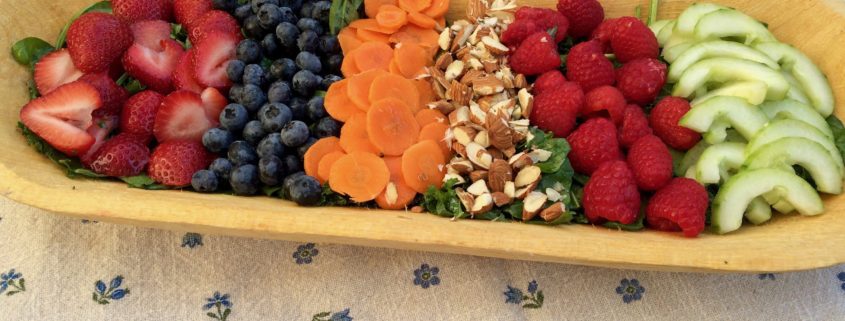

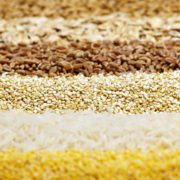
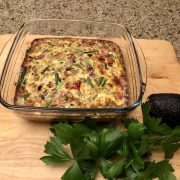
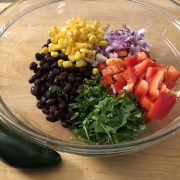


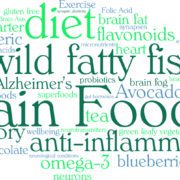


Leave a Reply
Want to join the discussion?Feel free to contribute!